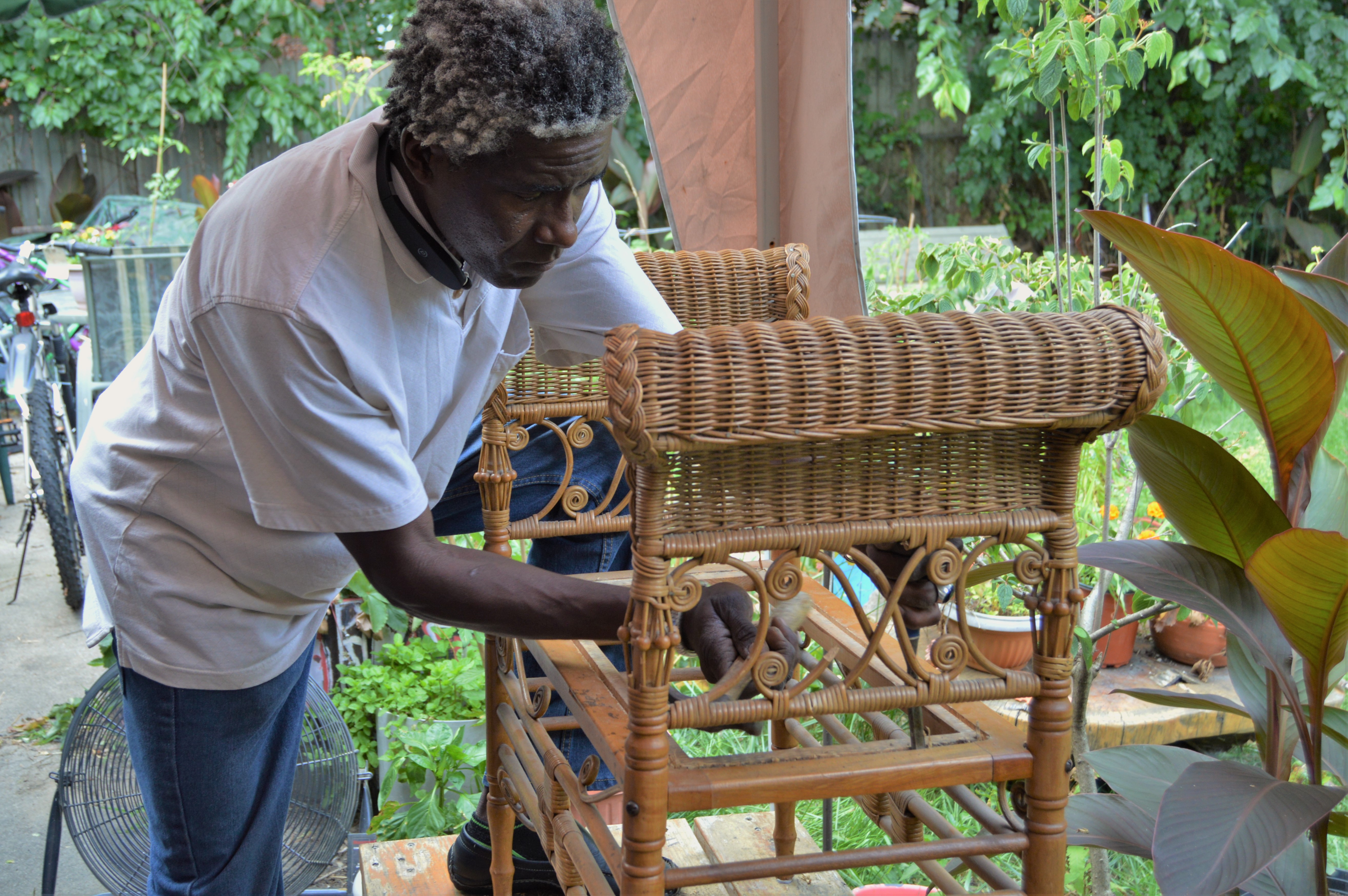

Articles
How To Repair Wicker Furniture
Modified: January 6, 2024
Learn how to repair your wicker furniture with our comprehensive guide. From fixing broken strands to restoring its natural beauty, we've got you covered. Transform your favorite furniture piece today!
(Many of the links in this article redirect to a specific reviewed product. Your purchase of these products through affiliate links helps to generate commission for Storables.com, at no extra cost. Learn more)
Introduction
Wicker furniture brings a touch of elegance and charm to any space. Whether it’s a cozy outdoor patio or a stylish interior setting, wicker furniture adds a natural and timeless appeal. However, like any other type of furniture, wicker can suffer from wear and tear over time. From broken strands to loose weaves and faded colors, these issues can make your beloved wicker pieces look worn-out and uninviting.
The good news is that with a little bit of effort and know-how, you can easily repair and restore your wicker furniture to its former glory. In this article, we will guide you through the process of repairing wicker furniture, step by step. You’ll learn about the tools and materials you’ll need, how to assess the damage, and how to tackle common issues such as broken or loose wicker strands and disconnected weaves. We’ll also provide tips on restoring color and shine, as well as cleaning and maintaining your wicker furniture to ensure its longevity.
Repairing wicker furniture not only saves you money but also allows you to preserve the sentimental value of cherished heirlooms or well-loved pieces. So, let’s roll up our sleeves and get started on bringing new life to your wicker furniture!
Key Takeaways:
- Repairing wicker furniture is a cost-effective way to preserve its beauty and sentimental value. By following the step-by-step guide, you can restore broken strands, reattach loose weaves, and revitalize the color and shine, ensuring your wicker furniture remains a cherished part of your home.
- Regular cleaning and maintenance are crucial for extending the lifespan of wicker furniture. By implementing simple practices such as dusting, spot cleaning, and protecting from the elements, you can ensure that your wicker pieces continue to exude timeless elegance and charm for generations to come.
Read more: How To Clean Wicker Furniture
Tools and Materials Needed
Before you begin repairing your wicker furniture, it’s essential to gather all the necessary tools and materials. Having everything at hand will ensure a smooth and efficient repair process. Here’s a list of the items you’ll need:
- Sharp scissors or wire cutters: These will be used to trim or remove damaged wicker strands.
- Needle-nose pliers: Ideal for gripping and manipulating wicker strands during the repair process.
- Epoxy adhesive: A strong adhesive that will help in securing loose wicker strands or reattaching disconnected weaves.
- Paintbrush: Used to apply adhesive or paint to the wicker surface.
- Wicker repair supplies: These include fresh wicker strands that match the color and size of your original wicker, as well as pegs or clips for securing the strands in place.
- Sandpaper: To smooth out any rough edges or surfaces before painting or varnishing.
- Paint or varnish: Depending on your preference, choose a color that matches the existing wicker furniture or opt for a new color to give it a fresh look.
- Protective gloves: Keep your hands safe during the repair process.
- Masking tape: Useful for securing loose weaves or holding strands in place while the adhesive dries.
- Cloth or sponge: For cleaning and wiping down the wicker furniture.
- Protective cover or tarp: To protect the work area from any spills or drips.
Make sure you have all these tools and materials ready before you begin your wicker furniture repair project. Having everything within reach will save you time and make the process much more enjoyable.
Assessing the Damage
Before diving into the repair process, it’s essential to assess the extent of the damage to your wicker furniture. This will help you determine the best course of action and the materials needed for the repair. Here’s how to assess the damage:
- Inspect the wicker strands: Take a close look at each strand to identify any broken or loose pieces. Gently run your hand over the surface to check for any areas that feel weak or unstable.
- Check the weave: Examine the overall weave of the furniture. Look for any disconnected or loose weaves, as well as gaps or areas where the weave has come undone.
- Note any worn or faded areas: Pay attention to areas where the wicker color has faded or become discolored. This may require additional steps to restore the wicker’s color and shine.
- Consider the overall stability: Check the stability of the furniture by sitting or lightly rocking on it. Note any wobbling or unsteady sensations, as this may indicate structural issues that need to be addressed.
By thoroughly assessing the damage, you’ll have a clear understanding of what needs to be repaired or replaced. This will ensure that you have the right materials and approach for each specific issue, leading to a successful repair and restoration process.
Remember, it’s important to take your time during this step and carefully examine every aspect of the wicker furniture. This will help you create a comprehensive plan of action and ensure that you’re addressing all the necessary repairs. With a thorough assessment, you’ll be well-prepared to tackle the next steps in repairing your cherished wicker furniture.
Replacing Broken or Loose Wicker Strands
One of the most common issues with wicker furniture is broken or loose wicker strands. These can greatly affect the structural integrity and aesthetic appeal of the piece. Fortunately, replacing these damaged strands is a relatively straightforward process. Here’s how to do it:
- Identify the broken strands: Using your inspecting from the assessment phase, locate the strands that are broken or loose.
- Remove the damaged strands: Use sharp scissors or wire cutters to carefully trim and remove the damaged strands. Be cautious not to cut any nearby intact strands.
- Measure and cut replacement strands: Take measurements of the length and width of the removed strands to ensure your replacements match. Use fresh wicker strands in the same color and thickness as the original.
- Soak the replacement strands: To make them more pliable and easier to work with, soak the replacement strands in warm water for about 30 minutes.
- Weave the replacement strands: Starting from one end, weave the soaked replacement strands through the existing weave pattern of the furniture. Use needle-nose pliers to help guide and manipulate the strands into place.
- Secure the ends: Once the replacement strands are woven in, secure the ends using adhesive or small pegs/clips. Follow the manufacturer’s instructions for the adhesive, ensuring it’s suitable for wicker materials.
- Allow the adhesive to dry: Leave the repaired area undisturbed, allowing the adhesive to fully dry and set according to the manufacturer’s recommendations.
- Trim any excess strands: Once the adhesive is dry, use scissors to carefully trim any excess strands, ensuring they blend seamlessly with the rest of the weave.
By replacing broken or loose wicker strands, you’re restoring the strength and integrity of the furniture. Take your time and be patient during this process to achieve the best results. Remember to work in a well-ventilated area and protect your hands with gloves when handling adhesives or sharp tools.
Now that you’ve repaired the broken or loose strands, your wicker furniture is on its way to regaining its beauty and functionality. Next, we’ll learn how to address loose or detached wicker weaves.
When repairing wicker furniture, soak the damaged area in warm water to make the wicker more pliable before gently bending it back into place.
Repairing or Reattaching Loose Wicker Weave
Another common issue with wicker furniture is loose or detached wicker weaves. These can create unsightly gaps and compromise the overall look and feel of the piece. Repairing or reattaching these loose weaves requires some careful maneuvering and adhesive application. Here’s how to do it:
- Identify the loose weaves: Examine the furniture to spot any areas where the wicker weave has come undone or is no longer attached.
- Prepare the surface: Clean the area surrounding the loose weave using a mild detergent and warm water. This ensures that the adhesive will bond properly.
- Apply adhesive: Using a small brush or applicator, apply an epoxy adhesive to both the underside of the loose weave and the surface where it will be reattached. Be sure to follow the manufacturer’s instructions for the adhesive application.
- Reattach the weave: Carefully press the loose weave back onto the surface, aligning it with the existing weave pattern. Use gentle pressure and hold it in place until the adhesive begins to set.
- Secure the weave: To hold the weave in place while the adhesive fully dries, use masking tape or small clips to secure the weave. Ensure that the tape or clips are not too tight to avoid damaging the wicker.
- Allow the adhesive to dry: Depending on the adhesive used, allow sufficient time for it to fully dry and set. This could take several hours or even overnight, so be patient and avoid disturbing the repair area.
- Remove any excess adhesive: Once the adhesive is fully dried, carefully remove any excess or visible adhesive using a small brush or cloth. Be gentle to avoid disrupting the repaired weave.
By repairing or reattaching loose wicker weaves, you’re reinforcing the overall structure and appearance of your furniture. This process requires attention to detail and precision, so take your time to ensure a seamless repair.
With the broken strands and loose weaves repaired, your wicker furniture is now well on its way to looking renewed and refreshed. But don’t stop there! In the next section, we’ll explore how to restore the color and shine of your wicker furniture for a truly revitalized appearance.
Read more: How To Paint Wicker Furniture
Restoring Color and Shine to Wicker Furniture
Over time, wicker furniture can lose its vibrant color and shine due to exposure to sunlight, moisture, and general wear. Restoring the color and shine of your wicker furniture can breathe new life into its appearance and make it look brand new. Here are some steps to follow when restoring the color and shine:
- Clean the furniture: Start by cleaning the wicker furniture to remove any dirt, dust, or grime that has accumulated. Use a damp cloth or sponge and a mild detergent solution. Gently scrub the surface and rinse with clean water. Allow the furniture to dry completely before proceeding.
- Sand the surface: Lightly sand the wicker furniture using fine-grit sandpaper. This helps to smooth out any rough edges or imperfections, allowing for better paint or varnish adhesion.
- Choose the right paint or varnish: Select a paint or varnish specifically designed for wicker furniture. Consider the color and finish you want to achieve and ensure it complements your overall aesthetic. Test the paint or varnish on a small, inconspicuous area to ensure the desired result.
- Apply paint or varnish: Using a paintbrush, apply a thin, even coat of paint or varnish to the wicker furniture. Follow the manufacturer’s instructions regarding drying time between coats. Apply multiple coats if necessary, allowing each layer to dry before proceeding.
- Protect with a sealant: Once the paint or varnish has fully dried, consider applying a protective sealant to enhance durability and prolong the life of the finish. Be sure to choose a sealant suitable for the type of paint or varnish used.
- Buff for shine: If you desire a glossy finish, gently buff the surface of the wicker furniture using a clean, soft cloth. This will help to achieve a shiny and polished appearance.
By following these steps, you can restore the color and shine of your wicker furniture and bring it back to its original splendor. Remember to work in a well-ventilated area and follow safety precautions when using paint, varnish, or sealant.
Now that your wicker furniture looks beautiful and refreshed, it’s important to maintain its cleanliness and longevity. In the next section, we’ll discuss cleaning and maintaining your wicker furniture to ensure its continued beauty.
Cleaning and Maintaining Wicker Furniture
Proper cleaning and maintenance are essential for keeping your wicker furniture looking its best and ensuring its longevity. By following these guidelines, you can effectively clean and care for your wicker furniture:
- Dust regularly: Use a soft-bristle brush or a vacuum cleaner with a brush attachment to remove dust and debris from the surface of the wicker furniture. Regular dusting helps prevent the buildup of dirt and protects the weave.
- Spot clean spills: In case of spills or stains, immediately blot the area with a cloth or sponge dampened with mild detergent and warm water. Avoid soaking the wicker, as excessive moisture can weaken the fibers.
- Avoid direct sunlight: Prolonged exposure to direct sunlight can fade the color and weaken the wicker. Position your furniture away from direct sunlight or use curtains or blinds to provide shade and protection.
- Protect from the elements: If your wicker furniture is placed outdoors, consider using weatherproof covers during inclement weather or when not in use. This helps to shield it from rain, snow, and excessive moisture.
- Inspect for damage regularly: Periodically check the wicker furniture for any signs of damage, such as loose strands or disconnected weaves. Promptly address these issues to prevent further deterioration.
- Avoid excessive weight: Wicker furniture is not designed to support heavy weights. Avoid sitting or placing heavy objects on the furniture, as this may cause the wicker to sag or break.
- Reapply protective finish: Over time, the protective finish on your wicker furniture may wear off. Consider reapplying a protective sealant or wax to help retain its shine and protect from moisture.
- Store properly during off-seasons: If you live in an area with harsh winters or when you won’t be using your wicker furniture for an extended period, it’s best to store it in a dry and climate-controlled area to prevent damage.
By following these cleaning and maintenance practices, you can extend the lifespan of your wicker furniture and keep it looking pristine for years to come. Regular care and attention will ensure that you continue to enjoy the beauty and functionality of your wicker pieces.
Now that you have learned how to repair, restore, and maintain your wicker furniture, you are well-equipped to preserve its charm and elegance. With just a little effort and care, your wicker furniture can remain a beautiful and cherished part of your home or outdoor space for generations to come.
Conclusion
Wicker furniture is not only a beautiful addition to any space but also holds sentimental value for many people. Whether it’s a cherished family heirloom or a newly purchased piece, being able to repair and maintain your wicker furniture is a valuable skill. By following the steps outlined in this article, you now have the knowledge and insight to restore and preserve the beauty of your wicker furniture.
From replacing broken or loose wicker strands to repairing disconnected weaves, you have learned the techniques and tools needed to tackle common issues. Additionally, you now know how to restore the color and shine of your wicker furniture, as well as maintain its cleanliness and longevity. These skills will not only save you money on professional repairs but also allow you to keep your wicker furniture in excellent condition for years to come.
It is important to approach the repair and restoration process with patience and attention to detail. Take the time to assess the damage, gather the necessary tools and materials, and carefully follow each step. By doing so, you can ensure the best results and maintain the integrity and beauty of your wicker furniture.
Remember, wicker furniture requires regular care and maintenance to preserve its appearance and durability. Dusting regularly, spot cleaning spills, protecting it from the elements, and inspecting for damage are all essential practices to keep your wicker furniture looking its best. With proper care, your wicker furniture will continue to be a source of pride and enjoyment in your home.
By taking the time and effort to repair, restore, and maintain your wicker furniture, you are preserving a piece of history and creating a legacy for future generations. From outdoor patios to cozy living rooms, wicker furniture adds a touch of timeless elegance and charm. So, roll up your sleeves, gather your tools, and get ready to breathe new life into your beloved wicker furniture!
Frequently Asked Questions about How To Repair Wicker Furniture
Was this page helpful?
At Storables.com, we guarantee accurate and reliable information. Our content, validated by Expert Board Contributors, is crafted following stringent Editorial Policies. We're committed to providing you with well-researched, expert-backed insights for all your informational needs.
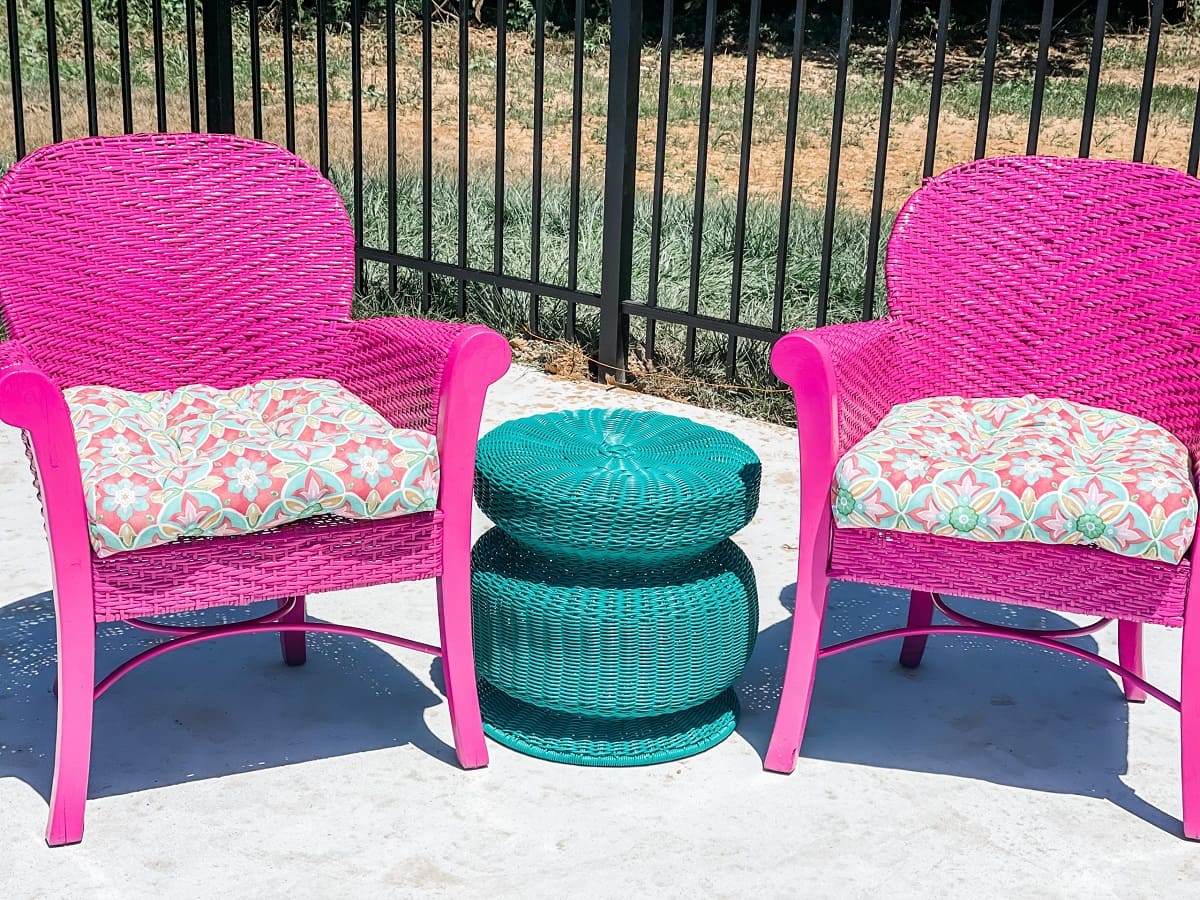

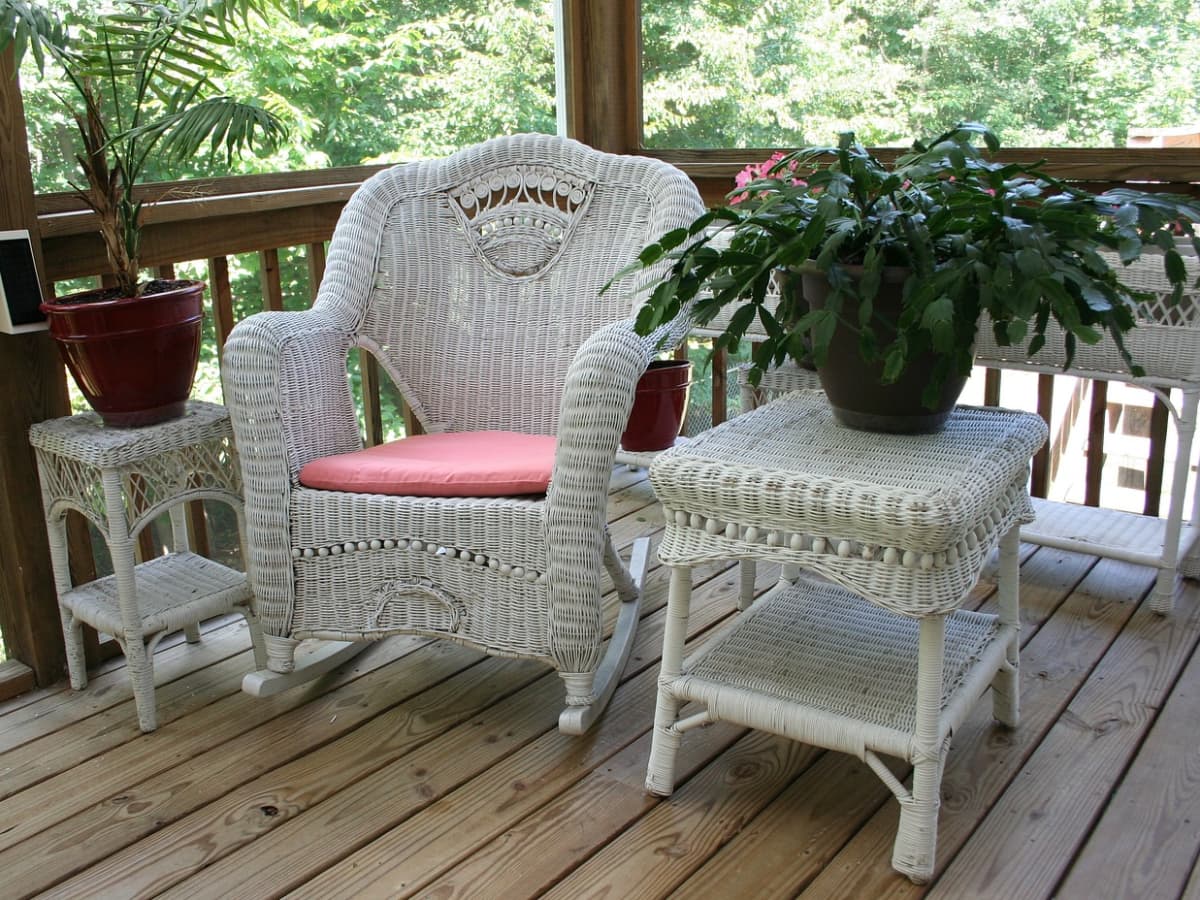

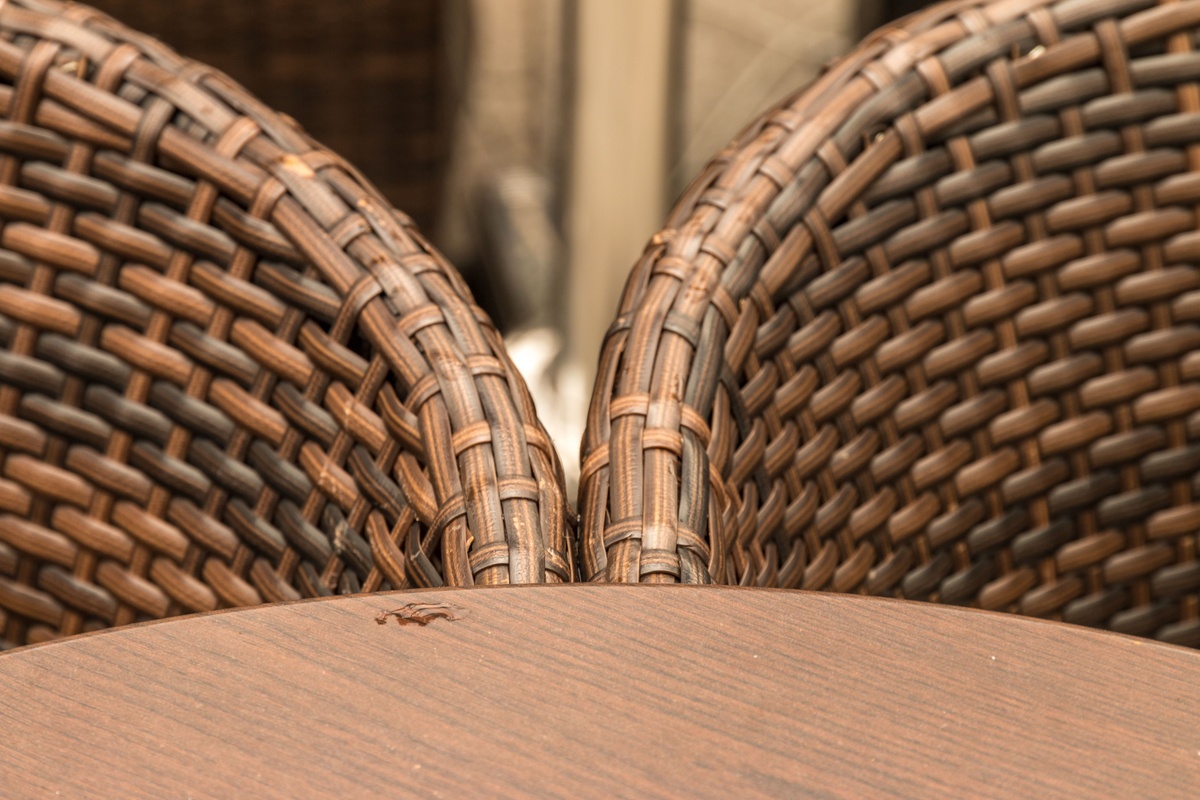
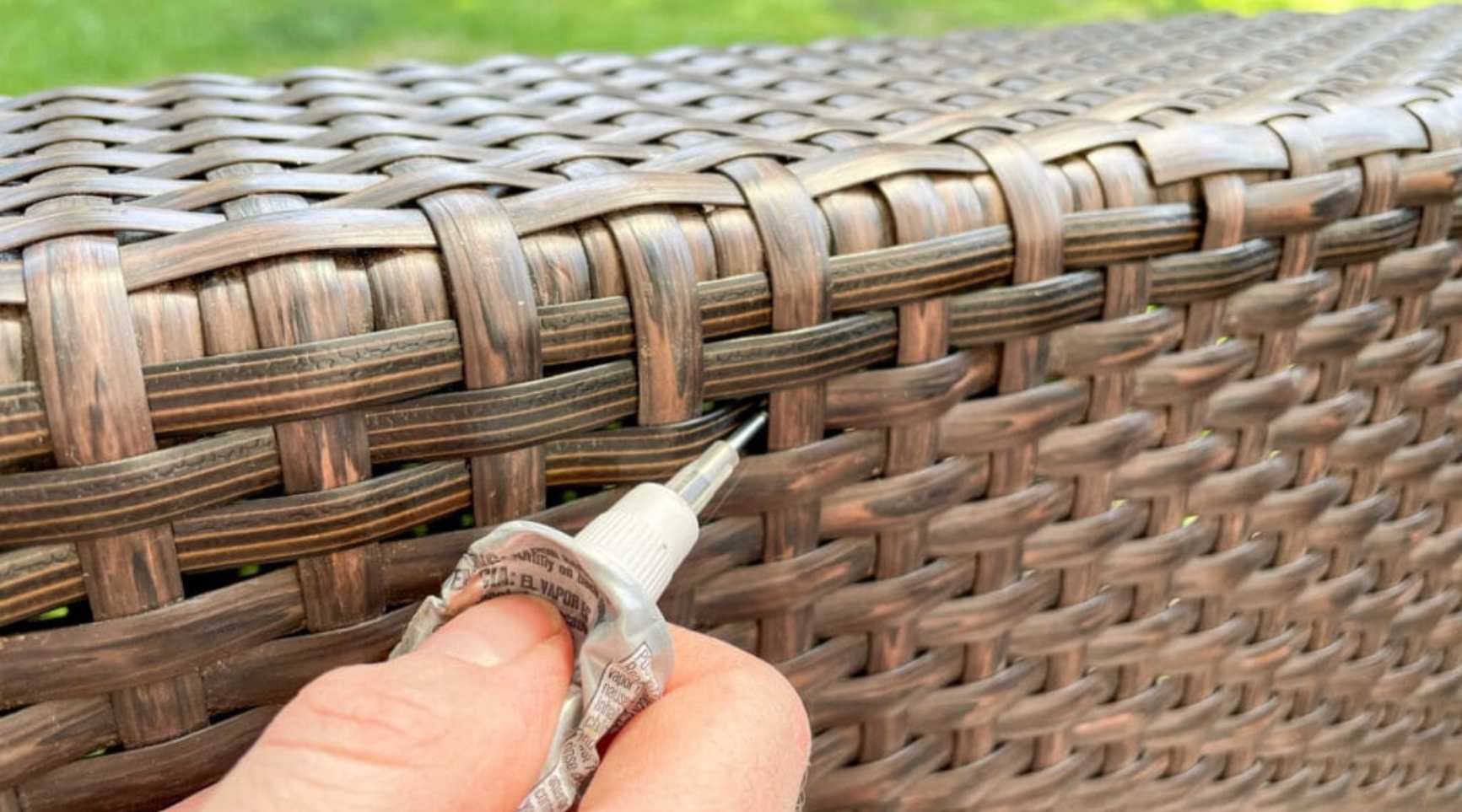
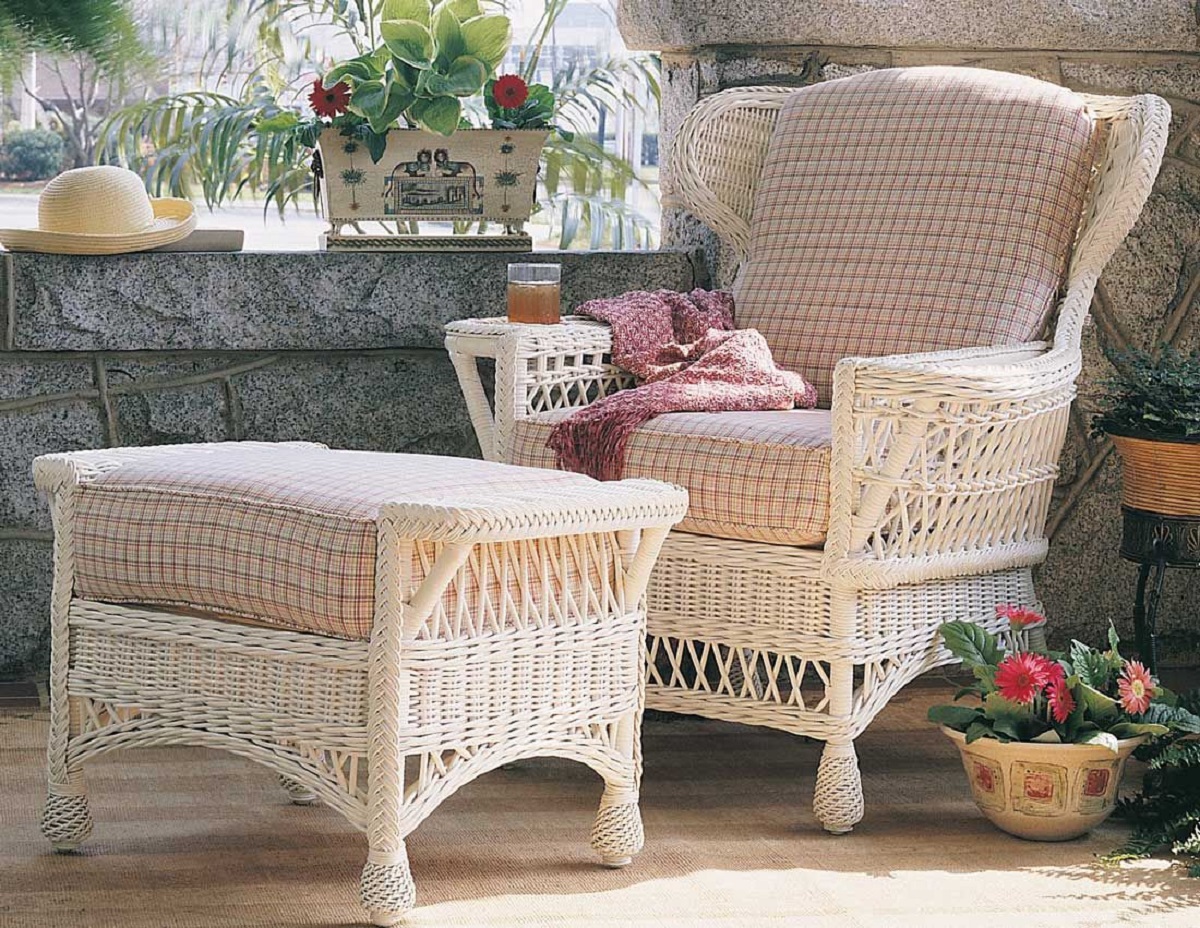





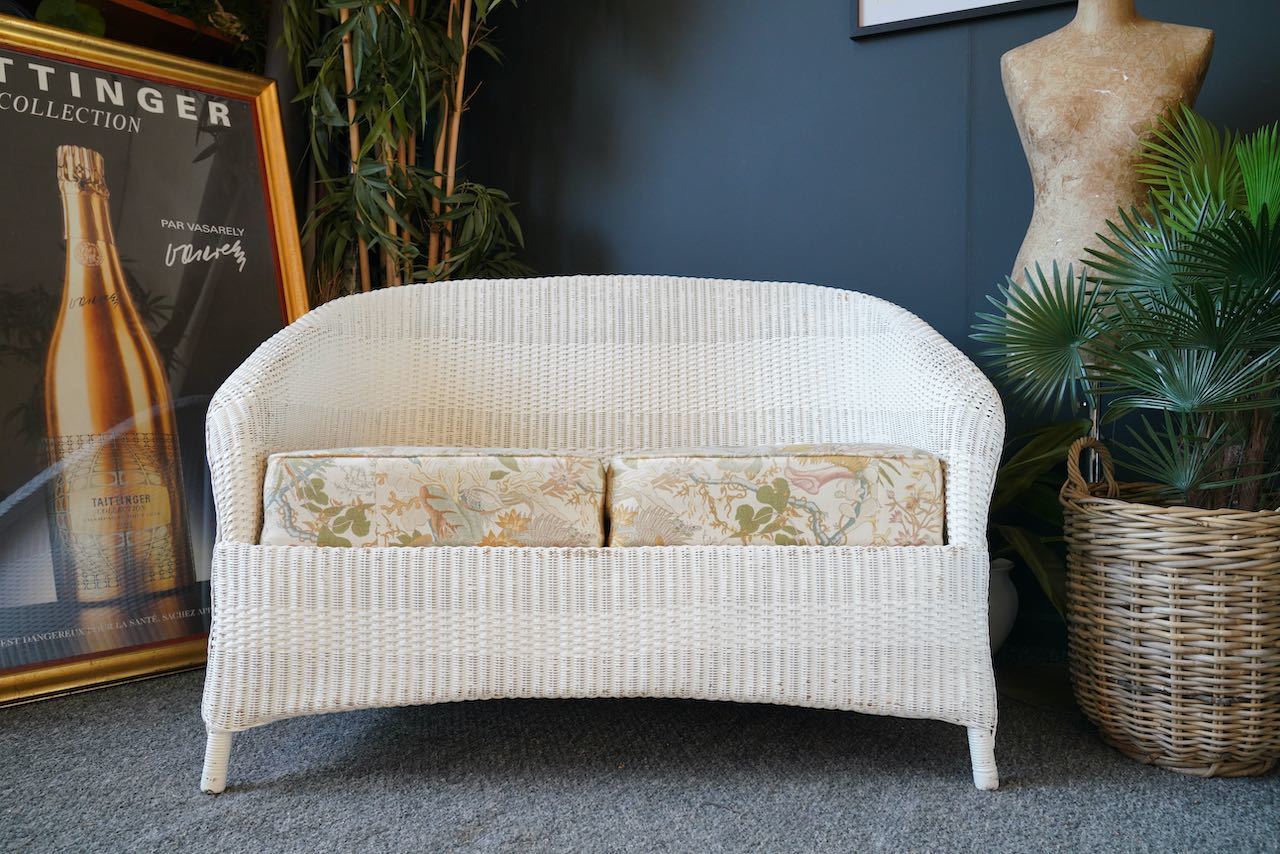
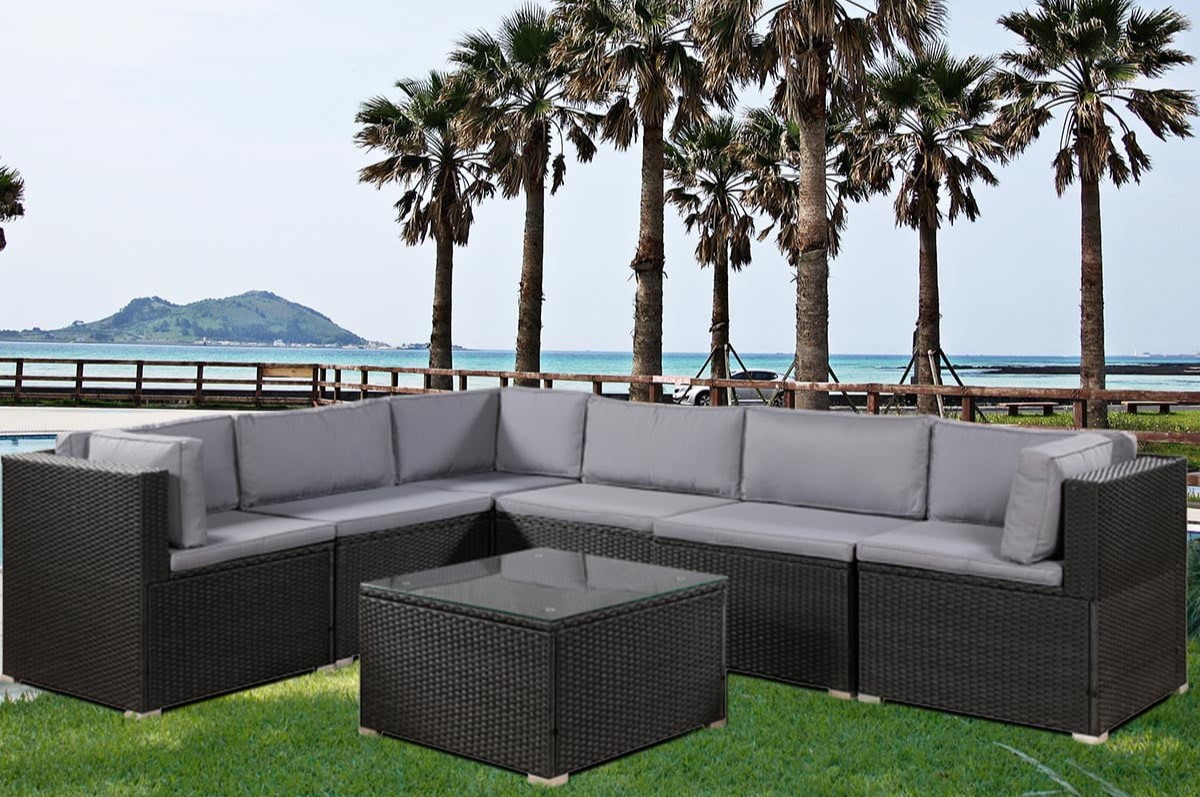

0 thoughts on “How To Repair Wicker Furniture”